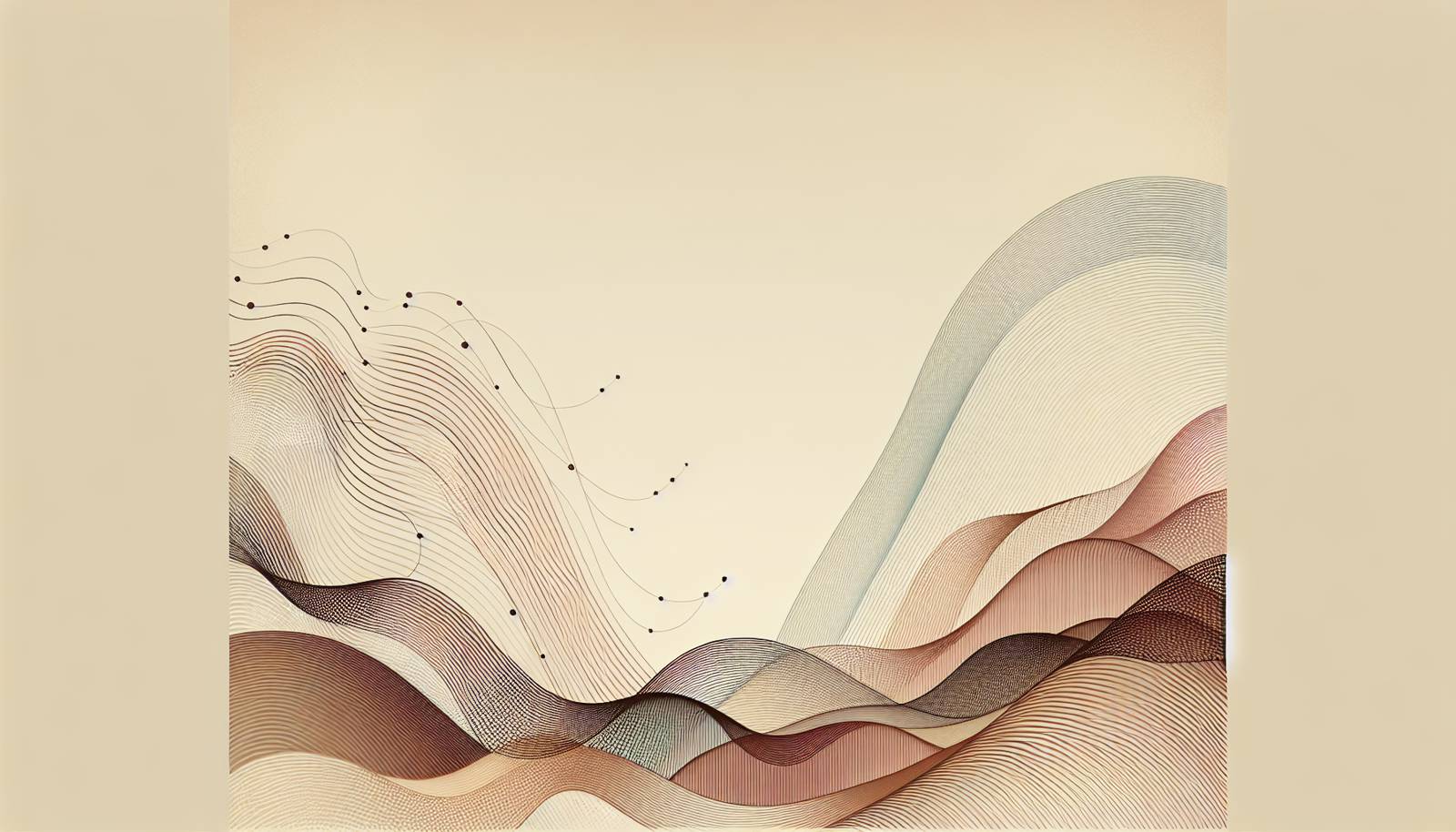
FAQ About Cultural Significance of Call and Response in Music

What is the call and response technique in music?
Call and response is a musical form where a phrase sung or played by one musician or group is answered by another musician or group. It is a fundamental structure used in various musical genres across the world, promoting interaction and engagement between performers and audiences.

What are the origins of call and response in music?
The call and response technique has deep roots in African musical traditions, where it was used in traditional ceremonies, work songs, and celebrations. This form traveled with enslaved Africans to the Americas, profoundly influencing genres like blues, gospel, and jazz.

How is call and response used in blues music?
In blues music, call and response is often used between the vocalist and an instrument, such as a guitar or harmonica. This interaction creates a dynamic conversation within the music, highlighting emotional exchanges and complementing the lyrical content.

Why is call and response important in gospel music?
Call and response in gospel music enhances the spiritual and communal experience by encouraging congregation participation. It allows for a deep connection between the choir and the congregation, fostering a shared worship experience.

How does call and response function in jazz music?
In jazz, call and response can occur between different instruments, band members, or even between a soloist and the rhythm section. This interaction adds a layer of improvisation and creativity, allowing musicians to communicate and interpret music spontaneously.

Can call and response be found in popular music?
Yes, call and response is prevalent in popular music, from rock to hip-hop. It can be seen in live performances where artists engage audiences to repeat or respond to phrases, or in recordings where vocalists interact with instrumental riffs.

How does call and response enhance community engagement in music?
Call and response fosters a sense of community by involving participants in musical dialogue. This form of interaction breaks down barriers between performers and audiences, encouraging participation and unified group experiences.

What role does call and response play in work songs?
In work songs, call and response serves a practical function by coordinating labor efforts and maintaining rhythm. It also provides emotional relief and a sense of solidarity among workers, making arduous tasks more bearable.

What is an example of call and response in African music?
In traditional African music, a lead singer (the caller) might sing a melody or phrase, followed by a chorus of singers (the responders) echoing or answering. This format is common in West African drumming and chanting rituals.

How did call and response influence the development of spirituals?
Call and response significantly influenced the development of spirituals by incorporating African musical traditions into Christian hymns. This led to a unique form of expression that conveyed deep spiritual and emotional messages through communal singing.

Does call and response have any impact on modern electronic music?
Yes, modern electronic music often incorporates call and response by using alternating patterns between beats and synths, or interactive sequences that mimic the call and response structure found in live performances.

How is call and response beneficial in children's music education?
Call and response is a beneficial tool in children's music education as it encourages participation, listening skills, and ear training. It helps children understand musical concepts such as rhythm and melody while promoting active engagement.

In what ways is call and response used in cultural ceremonies?
In cultural ceremonies, call and response is often used to symbolize dialogue and connection between participants and sometimes between humans and the divine. It can be found in liturgical chants, traditional dances, and communal prayers.

What role did call and response play in folk music traditions?
Call and response played a significant role in folk music traditions by facilitating storytelling and community participation. It allowed for improvisation and audience interaction, keeping oral histories and cultural narratives alive.

How does call and response appear in protest music?
In protest music, call and response serves as a rallying mechanism, unifying voices in collective action. Songs often utilize this technique to spread messages quickly and to encourage group participation during demonstrations.

What impact does call and response have on live music performances?
Call and response enhances live music performances by fostering audience interaction and creating a dynamic atmosphere. It allows for spontaneous exchanges between performers and the audience, often heightening emotional and energetic intensity.

Can the call and response technique be observed in classical music?
While less common, call and response can be found in classical music, particularly in compositions that feature a soloist and an orchestra, where thematic elements are passed back and forth, creating a dialogue within the music.

Is call and response used in educational settings outside of music?
Yes, call and response is often used in educational settings to promote engagement and retention. Teachers may use this technique to encourage participation, reinforce learning concepts, and maintain classroom attention.

What are some challenges of using call and response in music therapy?
In music therapy, challenges with using call and response may include ensuring that participants feel comfortable and are able to engage without feeling pressured. It requires creating a safe and supportive environment where individuals can express themselves freely.

How can call and response be adapted for virtual music experiences?
Call and response can be adapted for virtual music experiences by using live streaming platforms where performers can engage audiences through chat responses, polls, or real-time virtual interactions that mimic traditional call and response dynamics.
